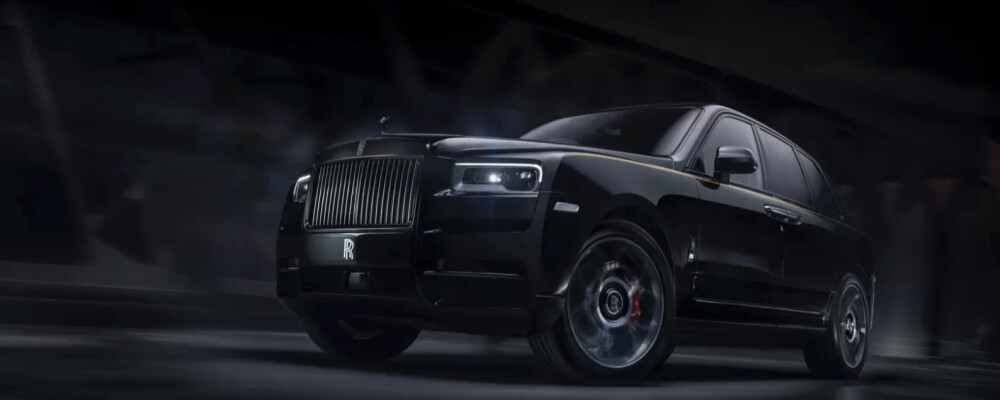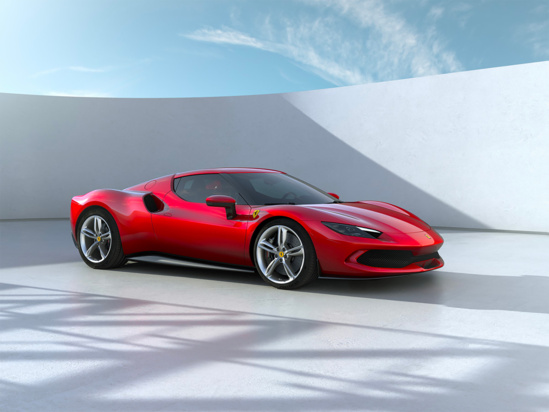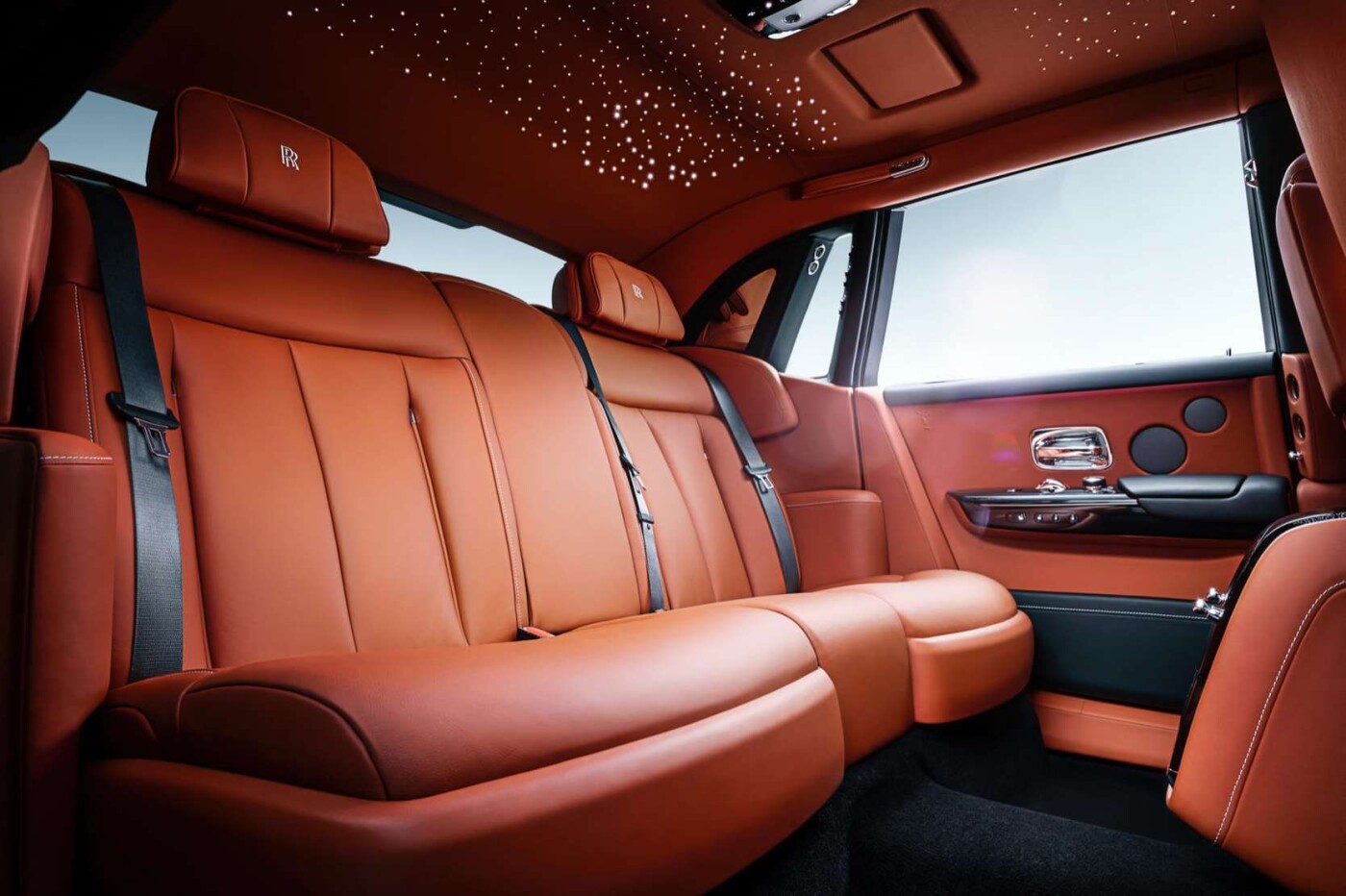Acura

Table Of Content
If you maintain your car properly, you are rewarded!
It is granted directly to the policyholder.
- If you maintain your car properly, you are rewarded!
- It is granted directly to the policyholder.
It is transferable to a new insurer or a car. It is transferable to a new insurer or a car.
Acura is the luxury and performance division of Japanese automaker Honda,[1] based primarily in North America.[2] The brand was launched on March 27, 1986, marketing luxury and performance automobiles. Acura sells cars in the United States, Canada, Mexico, Panama, and Kuwait.[3] The company has also previously sold cars in China, Hong Kong, Russia, and Ukraine.[4][5] Plans to introduce Acura to the Japanese domestic market in the late 2000s did not eventuate due to the financial crisis of 2007–2008.[6]
Acura was the first luxury division established by a Japanese automaker.[7] The creation of Acura coincided with the introduction of a JDM Honda dealership sales channel, called Honda Clio, which sold luxury vehicles, joining previously established Honda Verno, followed by Honda Primo the following year. In its first few years of existence, Acura was among the best-selling luxury marques in the US, outselling established brands such as BMW and Mercedes-Benz.[7] Though sales were down in the mid-to-late 1990s, the brand experienced a revival in the early 2000s, due to drastic redesigns and the introductions of new models.[7][8]
In the late 1980s, the success of the company's first flagship vehicle, the Legend, inspired fellow Japanese automakers Toyota and Nissan to launch their own luxury brands, Lexus and Infiniti, respectively. The 1990 launch of the NSX, a mid-engine exotic sports car, offered a reliable and practical alternative to exotic European sports cars, and introduced Honda's VTEC variable valve timing system to the North American market. The 1993 Legend coupé featured Acura's first use of a six-speed manual transmission mated to a Type II engine. In the late 1990s, Acura produced a Type R version of its compact Integra, which featured a reduced curb weight, a stiffer and lower suspension, and a high-output VTEC engine.
In the early 2000s, Acura introduced new models, including the company's first all-original SUV, the MDX, and two models which replaced the Integra coupé and sedan, the RSX and TSX, respectively. Type-S versions of the RSX, CL, and TL were added to the brand's lineup during that decade. Acura's 2005 RL flagship introduced SH-AWD, a torque-vectoring all-wheel drive system. The 2007 RDX, a crossover SUV, featured the first North American use of a turbocharged Honda engine. A second generation NSX was launched in 2016 and features a twin-turbocharged mid-engine, a nine-speed dual-clutch transmission, and Sport Hybrid SH-AWD.
About the Author
In legal discourse, an author is the creator of an original work, whether that work is in written, graphic, or recorded medium.[1] Thus, a sculptor, painter, or composer, is an author of their respective sculptures, paintings, or compositions, even though in common parlance, an author is often thought of as the writer of a book, article, play, or other written work.[2] In the case of a work for hire, "the employer or commissioning party is considered the author of the work", even if they did not write or otherwise create the work, but merely instructed another individual to do so.[1]
Typically, the first owner of a copyright is the person who created the work, i.e. the author. If more than one person created the work, then a case of joint authorship takes place. Copyright laws differ around the world. The United States Copyright Office, for example, defines copyright as "a form of protection provided by the laws of the United States (title 17, U.S. Code) to authors of 'original works of authorship.'"[3][4]
Latest Blogs from this Author
Blogs you might also like







 07941055729
07941055729


























 Previous
Previous






















